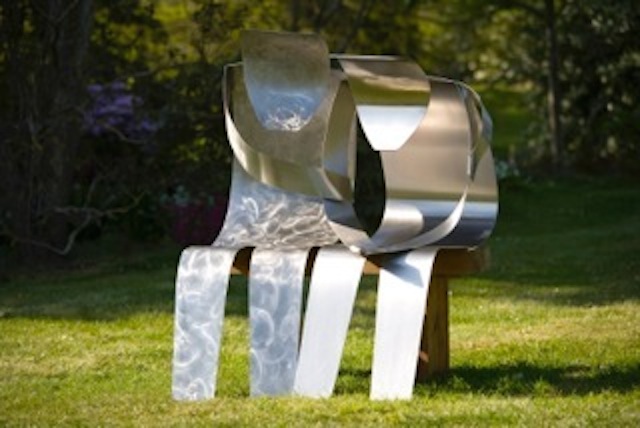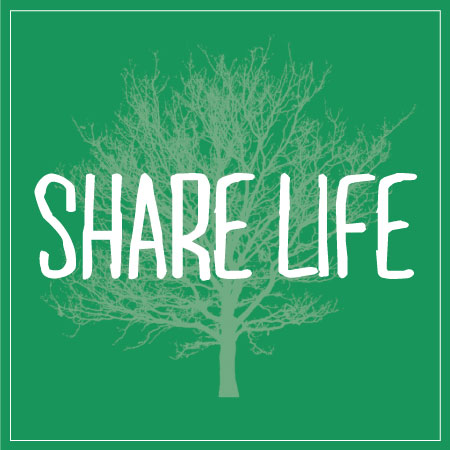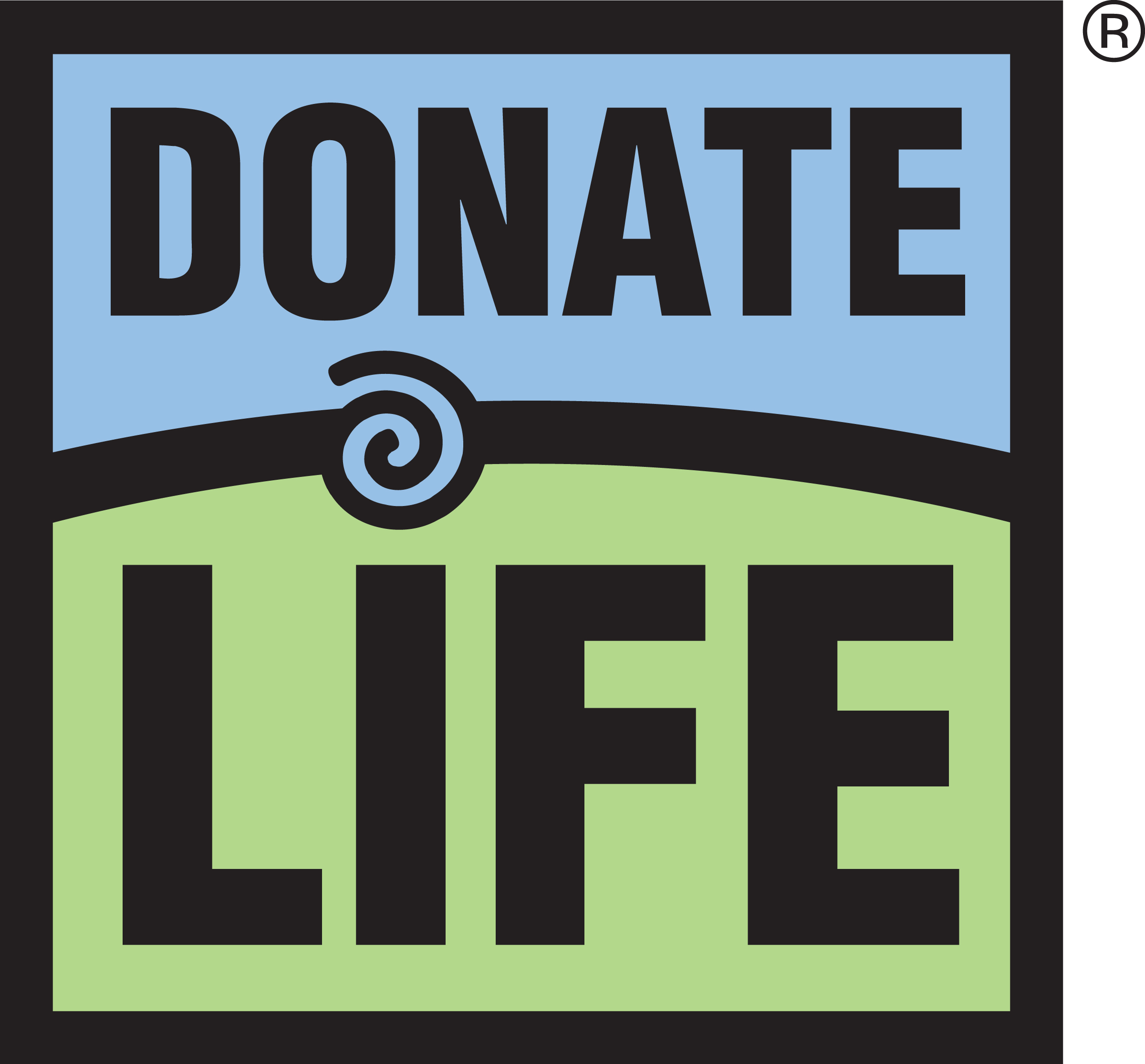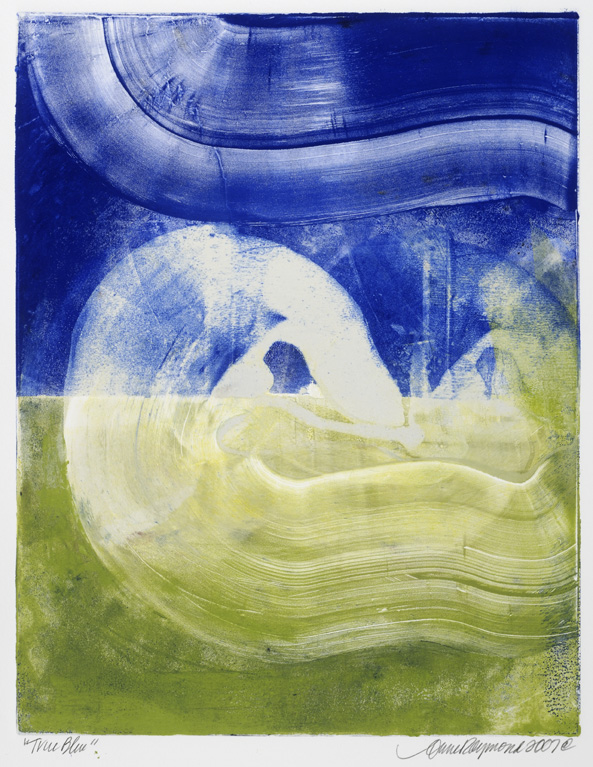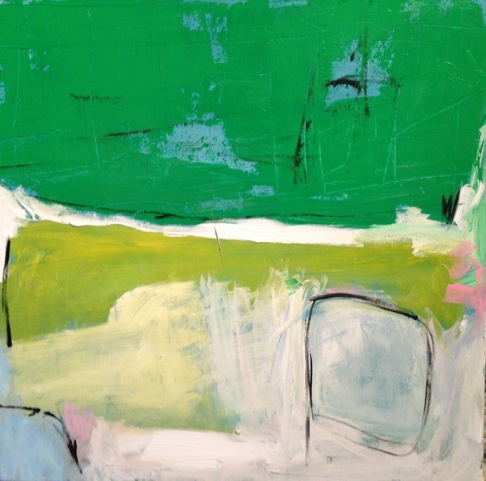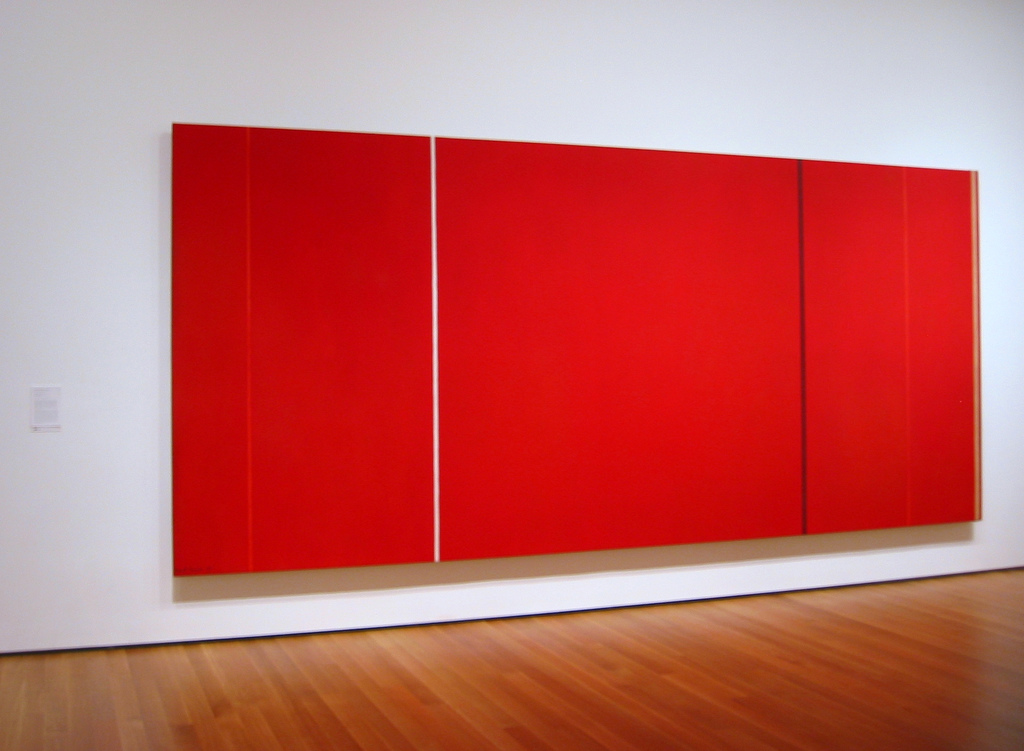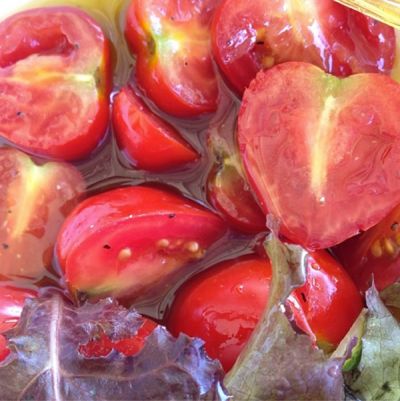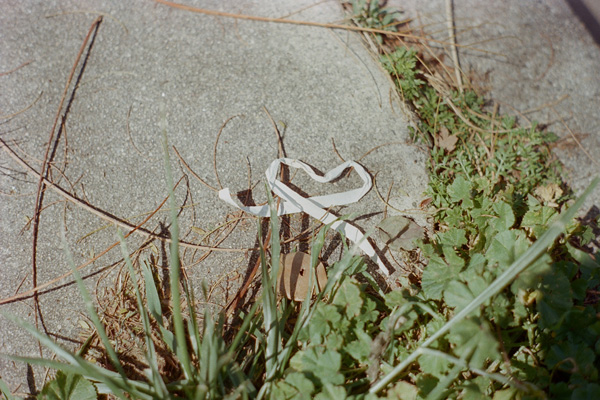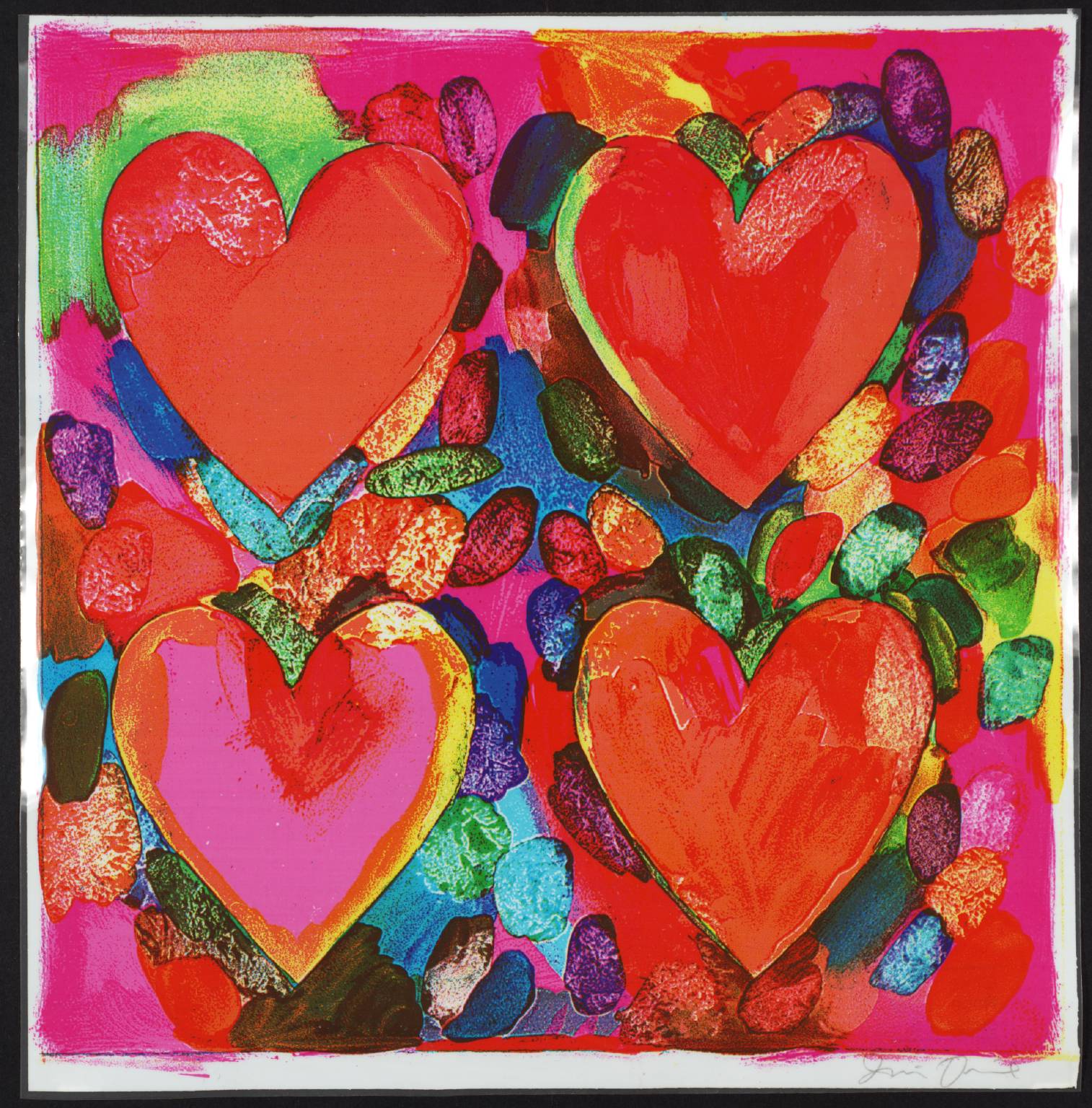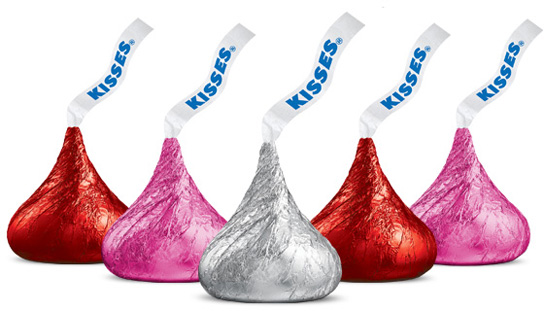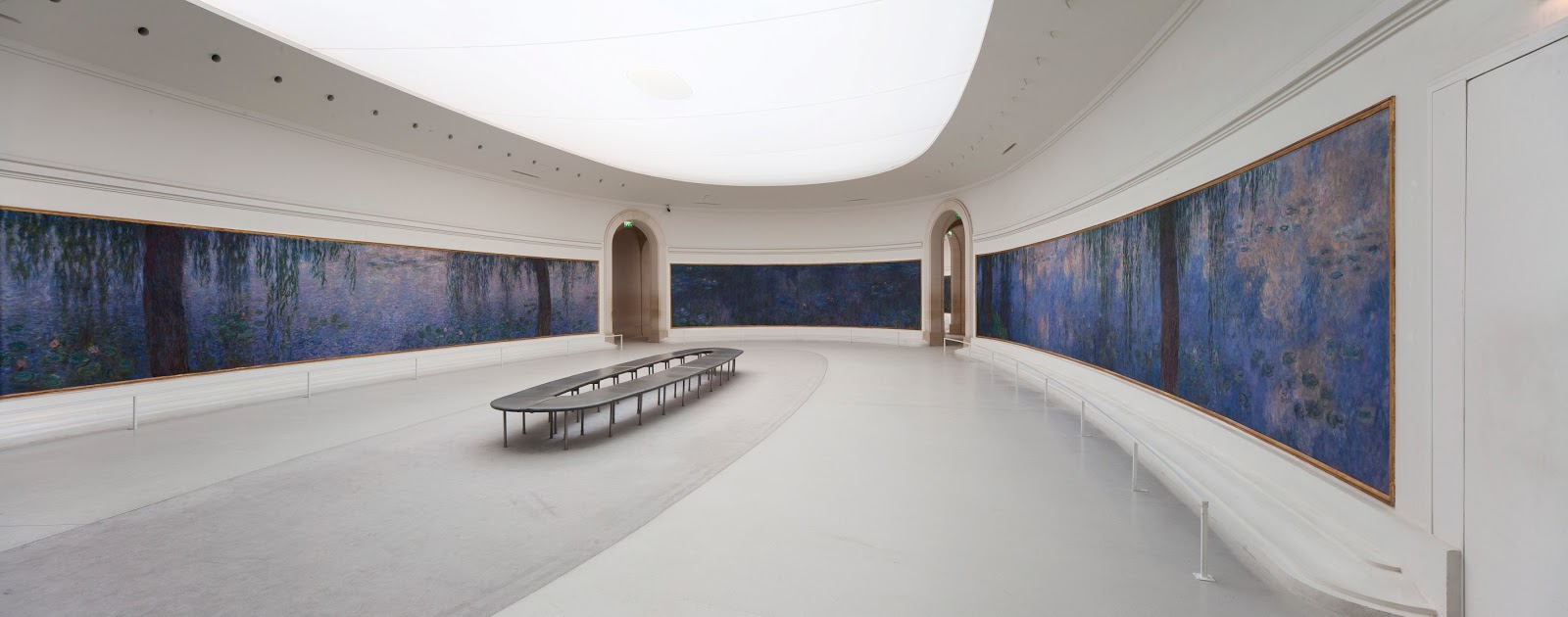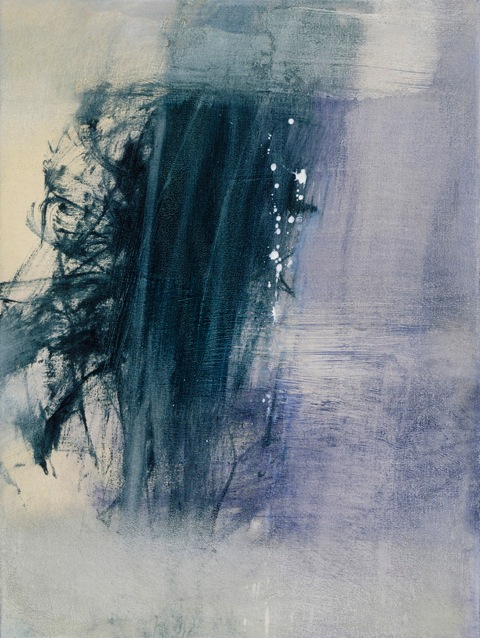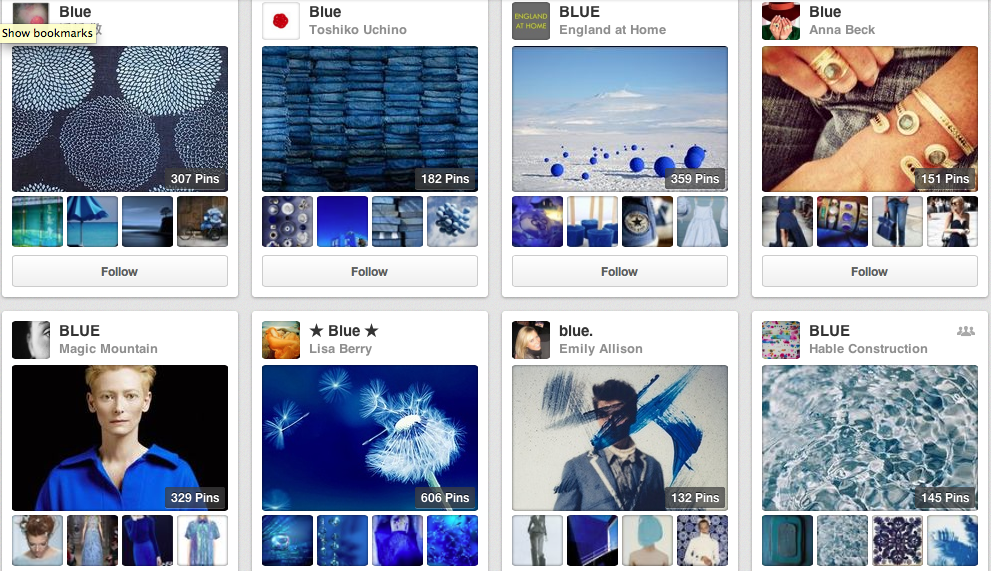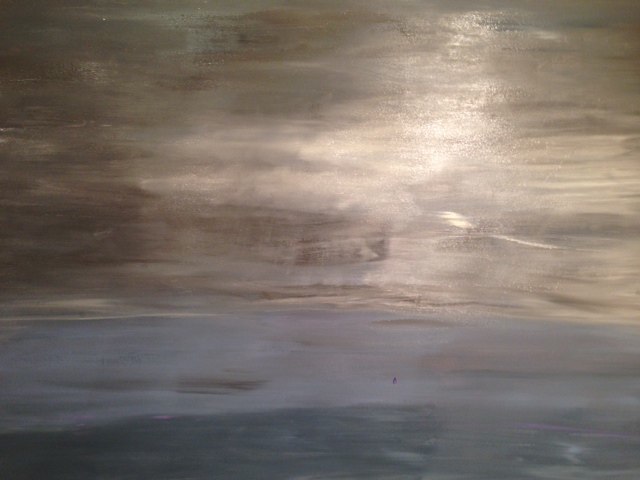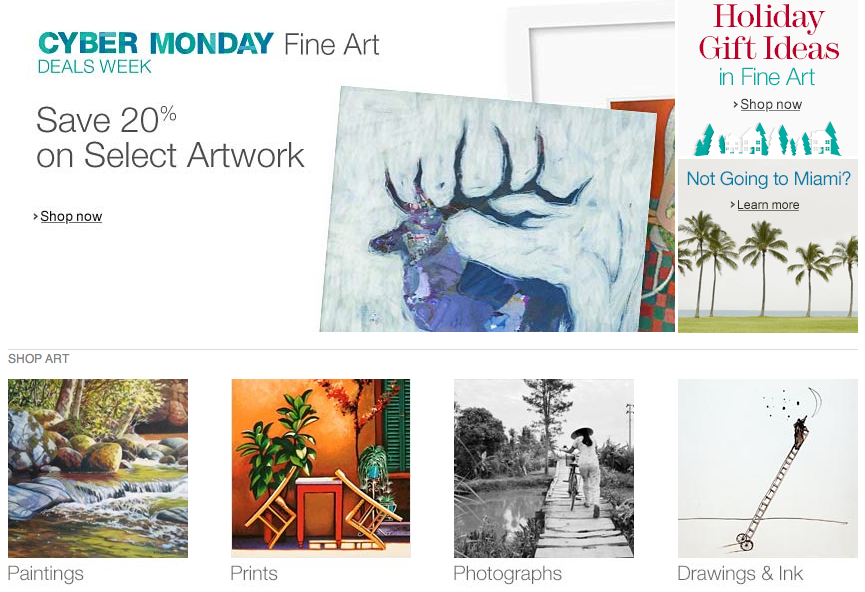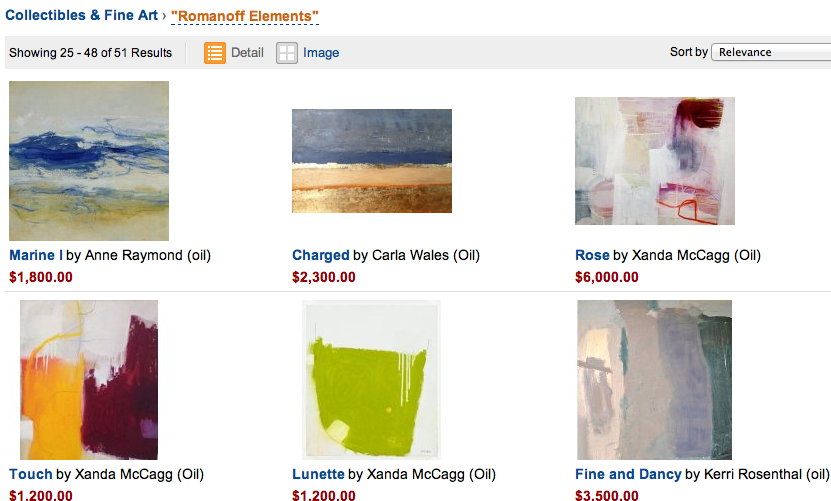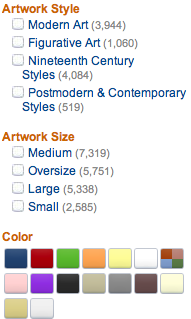Spring has been slow to arrive this year. It feels like we have been waiting a long time for the winter to end and for warm weather to arrive. We wait for many things, but nothing compares to the wait being endured by 122,000 people waiting for a life saving organ transplant. Being on the wait list means not knowing whether a donated organ will be received in time.
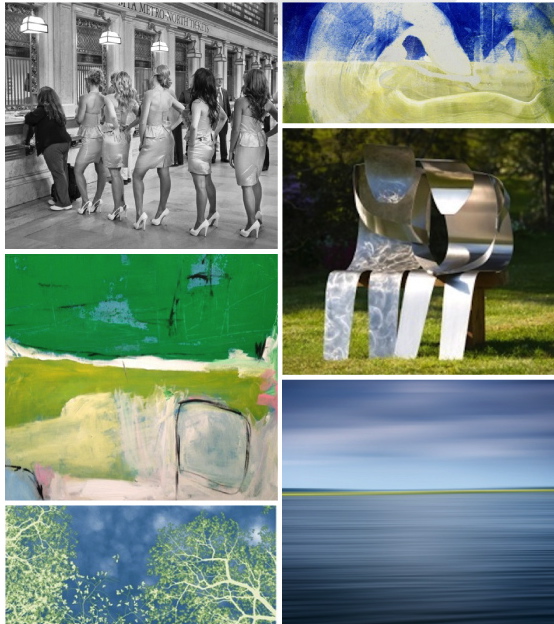
I was reminded of the issue of waiting while visiting with a sculptor in his studio a few months ago, I was moved by this piece, Waiting for News. Christopher E. Green captures what it is like for family members to wait for news while a loved one is receiving critical care. From the moment I saw it, I felt the emotion he portrays about his experience in a hospital waiting room. “We were all waiting for news of our love ones...Waiting for News attempts to convey the emotion of those that were in limbo, not knowing whether their news would be good or bad. Not knowing which way their emotions would go.”
My family knows this experience well. My husband Howard was diagnosed with Ideopathic Pulmonary Fibrosis, an illness with no known cause and no known cure. We were told he had 5 years, at which point, he would be a candidate for a life-saving lung transplant. I wrote about this in a previous blogpost, now, I will emphasize that it is 2 1/2 years later, and we are grateful every day to his organ donor for providing him with a second chance at life. His story, and more about organ donation are on our organization’s site, Share Life.
Last spring at our Inaugural Event for Share Life, we featured the photography of Stuart Zaro, particularly this image, Waiting. This photo, taken in Grand Central Terminal, became a symbol of the long and emotional wait sick patients endure while waiting for a transplant.
When I make studio visits, I am drawn to artwork in the colors of Donate Life, the national organization that promotes the issue. April is National Donate Life Month, and groups around the country promote all things blue and green, colors that signify life and health. This Friday, April 11th is National Blue and Green Day.
Romanoff Elements, along with Share Life, supports the efforts of the New York Organ Donor Network, the New York City based Organ Procurement Organization that coordinates organ donations within New York State. Each donor can potentially save 8 lives and impact up to 50 lives with their organs and tissue. A portion of proceeds of RE sales this month will go towards the NYODN’s work. The artists I work are supportive of this issue as well. I’ve included a few blue and green artworks, prints, paintings, photographs and paintings, inspired by nature in shades of blues and greens.
Photographer Nancy Woodward captured this springtime image, First Day of May, while shooting in the woods, she looked up and “saw the canopy of skies in the afternoon sky”. The image is about light and blue and green and spring all at once!
In True Blue, painter Anne Raymond's vivid colors are inspired by the beauty around her Hamptons' studio.
I love the blues in John Duckworth's abstract photographic landscape, Bohicket Creek. It captures the serene beauty of the South Carolina coast, the ocean, sky and horizon.
This is one of Artist Kerri Rosenthal's paintings with "happy colors", 20/20 Vision, like many of her abstract paintings are filled with exuberant colors and combinations
I extend my appreciation to each of them for allowing me to show their work. I am equally appreciative to those artists I have worked with over time, for being supportive of my family and me as we go through this journey. Please browse artwork here, on the RE site, Facebook and in our gallery. Be in touch if you have any questions.
The wait for spring seems to finally be behind us. We can personally say that my husband's wait is also over, but we think about the 122,000 in the US and over 10,000 in NYS who are waiting for life-saving transplants. If interested in more information about organ donation, or to register to be a donor, please go to ShareLifeNY.org or DonateLife.net to find your state’s registry.
Thank you!










